Birth, Death, and a Tractor
Connecting An Old Farm To a New Family
Kelly Payson-Roopchand

Camden, Maine
Published by Down East Books
A wholly owned subsidiary of The Rowman & Littlefield Publishing Group, Inc.
4501 Forbes Boulevard, Suite 200, Lanham, Maryland 20706
www.rowman.com
Unit A, Whitacre Mews, 26-34 Stannary Street, London SE11 4AB
Distributed by NATIONAL BOOK NETWORK
Copyright 2015 by Kelly Payson-Roopchand
All rights reserved. No part of this book may be reproduced in any form or by any electronic or mechanical means, including information storage and retrieval systems, without written permission from the publisher, except by a reviewer who may quote passages in a review.
British Library Cataloguing in Publication Information Available
Library of Congress Cataloging-in-Publication Data
Payson-Roopchand, Kelly.
Birth, death, and a tractor : connecting an old farm to a new family / Kelly Payson-Roopchand.
pages cm
ISBN 978-1-60893-411-9 (cloth : alk. paper) ISBN 978-1-60893-412-6 (electronic) 1. Farm lifeMaineSomervilleHistory. 2. Family farmsMaineSomervilleHistory. 3. Payson-Roopchand, Kelly. I. Title.
S521.5.M2P39 2015
630.9741'57dc23 2015006018
 The paper used in this publication meets the minimum requirements of American National Standard for Information SciencesPermanence of Paper for Printed Library Materials, ANSI/NISO Z39.48-1992.
The paper used in this publication meets the minimum requirements of American National Standard for Information SciencesPermanence of Paper for Printed Library Materials, ANSI/NISO Z39.48-1992.
Printed in the United States of America
In memory of Beth Ann Eisen,
in whose studio I started this book,
and in whose generous spirit I learned to let mine sing.
Acknowledgments
This story owes its inspiration and its humanity to the warm and generous spirits of Don and Shirley Hewett, who embody the best of the small-farm family. Thank you for welcoming us to the farm and sharing your stories. Thanks, likewise, to the younger generation of Hewetts, who have trusted me to recount a part of their familys history.
This book owes its existence to my parents, Stephanie and Smoky Payson, who have supported its creation in every way possible. Thank you for helping us keep body and soul together during the long years it took me to finish the book.
To our pumpkin vine of family and friends, who enrich our livesand sometimes appear in my stories!a huge thank you for bringing your own unique flavors to our farm. A garden is richer for diversity!
During the research phases of the book, I developed a deep gratitude for the staff members of libraries and archives throughout the world. I would particularly like to thank the staff of the Maine State Library, the Maine State Archives, and the Maine State Museum, as well as the Maine State Law and Legislative Library and the Maine Department of Transportation Library. The clerks at the Lincoln County Registry of Deeds helped me to locate and copy important early deeds, especially the missing survey of 1818, which required the ever-patient clerks to keep looking, one more time...
I am grateful for the enthusiastic assistance of those who helped me preserve important historic documents. John Goodine, at Elm City Photo, took on the huge project of scanning the historic photos of the farm, occasionally bringing them back from obscurity. Kathryn Gaynor used her professional skills to transcribe the tantalizing but (for me) unreadable letter of Samuel Kennedy, from 1830.
I, and all my readers, owe a huge thanks to my dear friend, Joanie Dean, who showed me how to weave all of the different stories together without too many tangles. I also give thanks to (and for) Jennifer Caven, who as a professional editor, reassured me that I did not need to rewrite the beginning, giving it instead a meticulous copyedit and helping me to submit that query letter!
On a personal level, I need to thank Deanne Hermann, who left us too soon, but not before she made it clear that Maine is the best place to farm. For Beth, there is no adequate way to say thank you; yours is a gift of the spirit. Special thanks to the exceptionally talented photographer Audra Medunitza, who let me use her beautiful photo of Beth.
Finally, I need to say thanks to my sweet children, Sarita and Keiran Roopchand, and my most beloved husband, Anil. I do it for you, and, in great joy, with you. I most certainly could not have done it without you! Thank you.
Authors Note
T he world you are about to enter is both real and imagined. Like any story of the past it is, in part, just thata story. Although the details of human lives can be found in names and dates, it is the quieter thing, the soft spirit of human longing, that eludes us when we try to pin the past down, wiggling, onto the page. Yet it is these emotions that bring the past to life, and let us suddenly stand beside these bygone farmers as welcome visitors to their world. So I have dared to imagine their feelings at events we all can recognize, to wonder at beginnings and to grieve at loss.
The facts of their lives, no less excitingand at times more surprisinghave been gathered from many sources, both general and specific. The familys oral history was shared over many cozy evenings and repeated enough times to be its own verification. Old photo albums and recipe books were passed, crackling, from hand to hand, while treasured letters were carefully lifted from weightless envelopes, their paper as thin as an old womans skin.
To understand the farms place within the changing world, I turned to history books of Somerville and Maine, New England, and the nation. In particular, I relied heavily on the detailed works of Clarence Day for the specifics of early colonial agriculture in Maine, as well as the brilliantly annotated photo books of William Bunting, which put the faces of the pastliterallyin front of you.
I was able to search early censuses from my second-floor office by tapping the deep wells of the Internet, particularly the formidable collections of ancestry.com. Verifying the farms origins required a more tactile involvement, from archives to county deed offices, aided by invariably helpful librarians. Archives staff helped me to discover the contentious land-settlement history of central Maine, which, as I tracked it more closely, revolved around our very farm.
Although the towns early vital records were lost in a fire in 1940, the discovery of a missing survey in the Lincoln County Registry of Deeds office gave me an amazing view of the earliest settlements. Where legal records have conflicted with family genealogies, I have relied on the official record, with apologies to the scribes of the past.
Some things I still do not (and may never) know, for the holes of the past are large indeed, and my own time more limited than their scope. I am not a historian, but a farmer, and, at best, a slow writer. Like the reader, I learned the farms history as I went along, delving into historical accounts. However, if this book was ever to be written, I had at some point to stop my research and set the story down, accepting its imperfections. Therefore, for what I have omitted and for any mistakes Ive made, I ask forgivenessand correctionas I feel nothing but respect for those who have walked before me.
One Farm, Six Generations
Years of operation
Type of farm
Lydia Brown Sebra Crooker 1808-1850s Homestead |



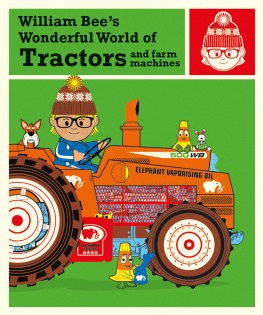

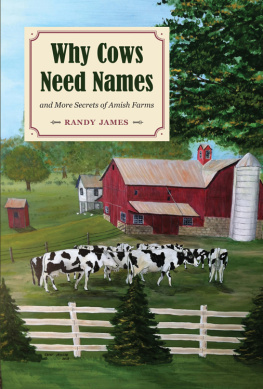

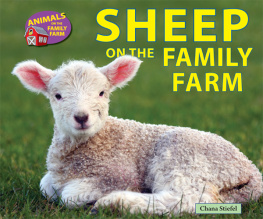
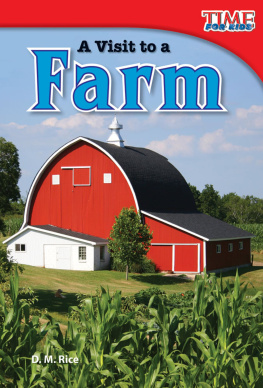
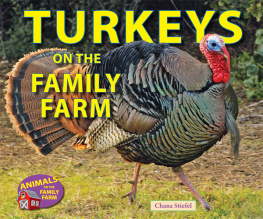
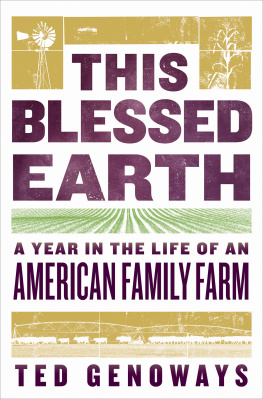

.jpg)

 The paper used in this publication meets the minimum requirements of American National Standard for Information SciencesPermanence of Paper for Printed Library Materials, ANSI/NISO Z39.48-1992.
The paper used in this publication meets the minimum requirements of American National Standard for Information SciencesPermanence of Paper for Printed Library Materials, ANSI/NISO Z39.48-1992.